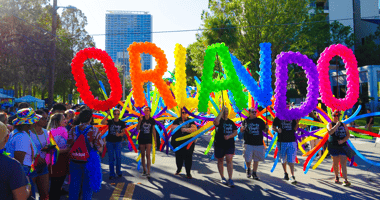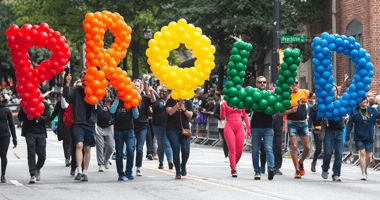The Disney parks are a popular destination for many travelers during the summer as people take advantage of their kids being on break and adults saving up vacation time all year round. Since one out of every three Americans have a disability, it's very likely that you or someone you know is taking a trip to Disneyland in the future with a disabled party member, and the industry-leading company is rolling out some new changes to their programs to help those with access needs navigate the parks.
Theme parks are filled with fun and exciting experiences you can't find anywhere else, but they are also complex areas filled with uncommon machines, entrances, exits, and other potential access barriers for all people. Understanding this, the Disney Parks have implemented a Disability Access Pass or DAS program for decades, which has aimed to provide disabled guests with services aimed at creating an accessible and enjoyable time on par with the level of service and quality non-disabled guests receive every day at the parks. This program is always undergoing changes, and this is just the latest one, so let's dive into it.
What does DAS provide? 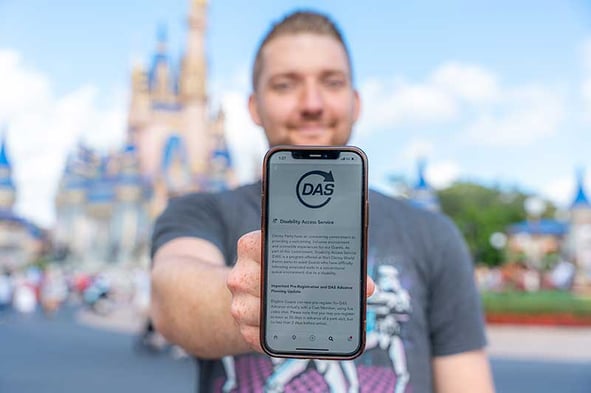
Many think of the Disability Access Pass as a "front of the line" or "skip the line" pass, but it is not at all.
If you cannot stand in the ride queue to wait for your turn on on an attraction, you can approach a special Cast Member standing at specific Kiosks in the park, or select which ride you want to wait in line for on the Disneyland App, and have your party's tickets scanned there, to be given a return time equivalent to the time you would have spent waiting in line. When your return time comes, you approach a Cast Member working at the entrance of the attraction and let them know you have a DAS return time, at which point, they will give you further instructions on how to board.
What is the current process for guests with disabilities?
Guests who are unable to wait in the queues may have a conversation (or a "consultation") with a Cast Member online before their trip. The Cast Member will ask to see the guest on camera (if it's not you, but your child, for example), then ask why the guest is unable to wait in traditional queues. Depending on the response, the Cast Member will apply the DAS pass to your ticket or Magic Key, as well as those you indicate are in your party, typically up to a total of 6 including the person with DAS, though exceptions are sometimes made for more. If you would prefer, you can have this conversation in person on the day of your arrival.
Once approved, registered and scanned (which involves having a picture taken for the guest who has a disability), you can choose up to two attractions to schedule in advance, so you're already "waiting in line" for a ride as soon as you finish the registration process, or, if you choose the virtual option, when you enter the park for the first time. From then on, you can schedule rides by yourself on your phone, or approach a Cast Member in person, without needing to get re-approved for 30 days.
This process must be repeated every 30 days, and if you choose to have the consultation virtually, must be done no less than 2 days prior to your first park day.
Although your entire party can come with you on your DAS selected ride, you must be able to ride with them. If the person with a qualifying disability does not want to ride, no one in the party can ride through DAS, and must wait in the Stand By queue or purchase an upgraded line pass using Lightning Lane or Disney Genie+.
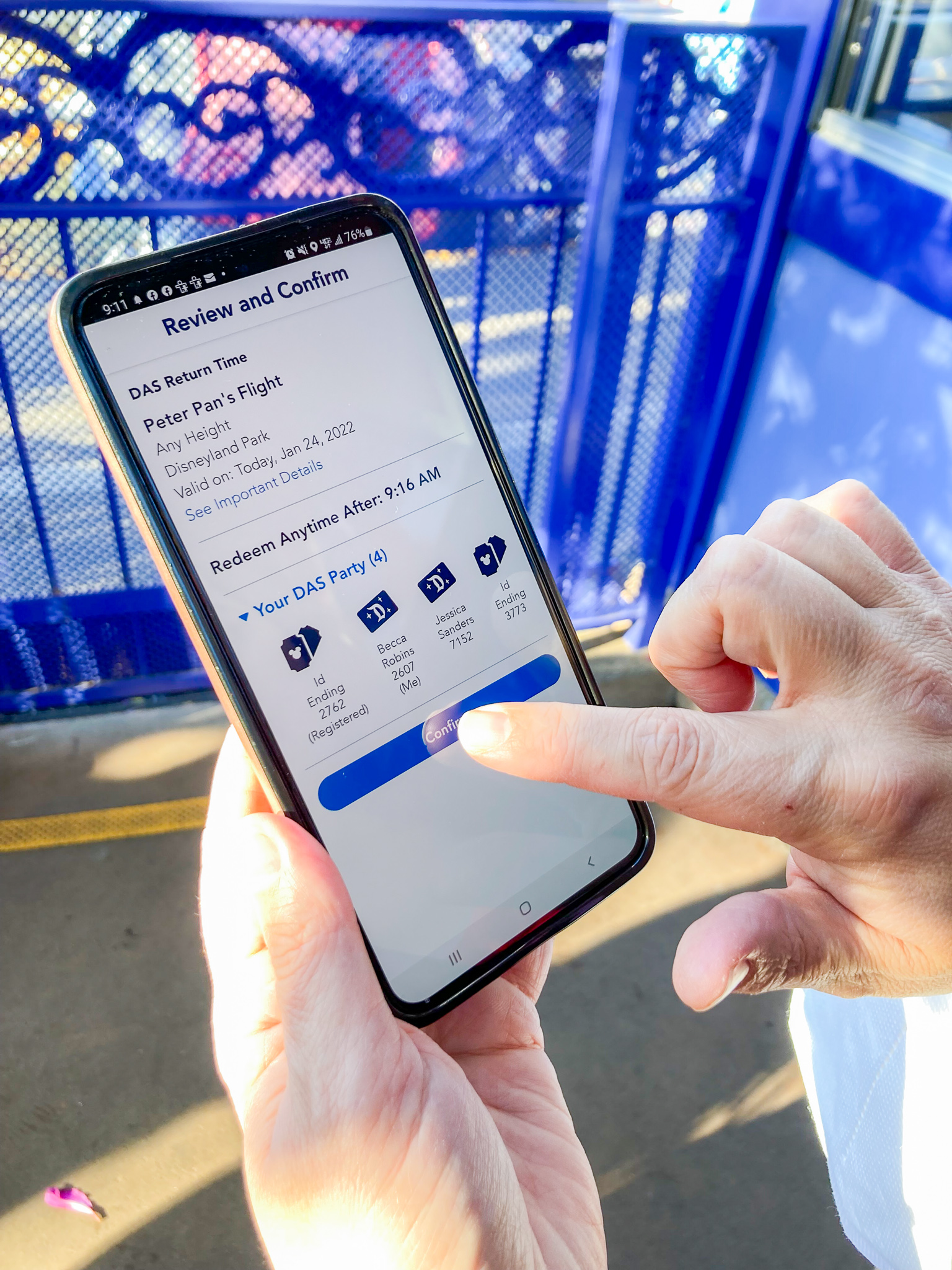 What is the new policy and when does it take effect?
What is the new policy and when does it take effect?
The new policy still includes a consultation, and still does not let you skip the line- effectively, not much has changed. However, three important new additions:
- Instead of renewing your Disability Access Services pass every 30 days, you only need to renew it every 120 days.
- There is a strict limit of up to 4 tickets applicable- meaning the guest with a disability, plus three people.
- New and exclusionary language: "DAS is intended to accommodate only those Guests who, due to a developmental disability such as autism or similar, are unable to wait in a conventional queue for an extended period of time."
That "only" is a big problem for many. Not all queues at the Disneyland Resort in California are wheelchair accessible- so even if you have a wheelchair, you sometimes still need a DAS to get a return time for rides with historically tiny queues (such as many rides in Fantasyland, which were built before ADA standards were in place.)
Not only that, but many guests have access needs- such as Irritable Bowel Syndrome (IBS), panic and anxiety disorders, and much more- which do not fall under the umbrella of "developmental disabilities", who no longer qualify for this new DAS program.
These changes will begin to be enforced starting May 20 at the Walt Disney World Resort in Florida and June 18 at Disneyland and Disney's California Adventure Park in California.
Who should apply for assistance at the parks?
Under the new policy, only guests with "developmental disabilities such as autism or similar" technically qualify for DAS.
However, before the new changes take effect this summer, anyone who cannot stand in line for long periods of time and needs freedom to roam around the park (to use the restroom, stay in the shade, eat, or really, do whatever you want to do- nobody is monitoring your whereabouts) or cannot get their mobility device comfortably through all the queues, may see success in qualifying before policies change.
How do I apply for assistance at the parks and where can I learn more about this program?
Walt Disney World Guest Services (Florida) or Disneyland Guest Services (California) have pages dedicated to the DAS program exclusively.
DAS-related Images courtesy of thiscrazyadventurecalledlife.com and undercovertourist.com
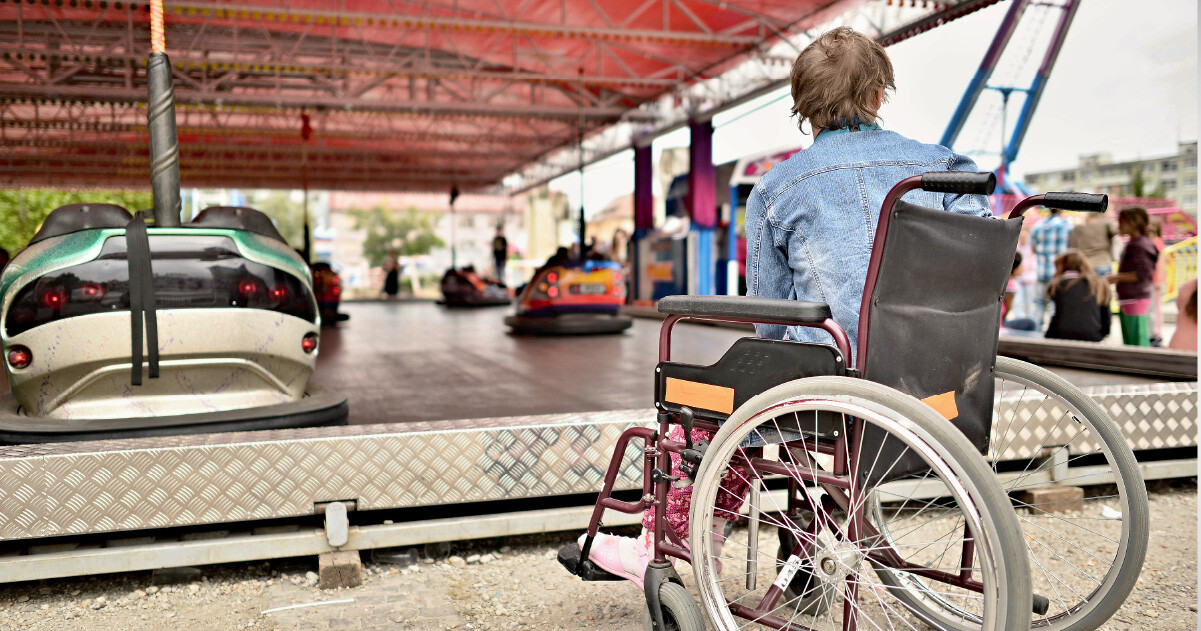
.jpg)
